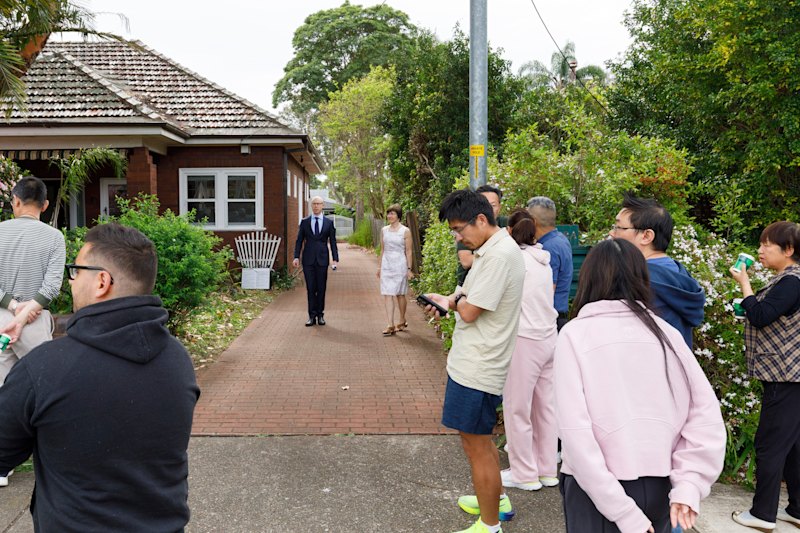‘Caught people by surprise’: Why property prices rose in 2023
Australia’s property market defied expectations in 2023, and home values rebounded despite a string of further interest rate hikes.
Economists had predicted prices to continue falling this year, having forecast total peak-to-trough declines of about 15 to 20 per cent, off the back of rising rates, at the start of 2023. But instead, the opposite occurred; prices soon found a floor and then swiftly rebounded, even hitting new peaks in some cities.
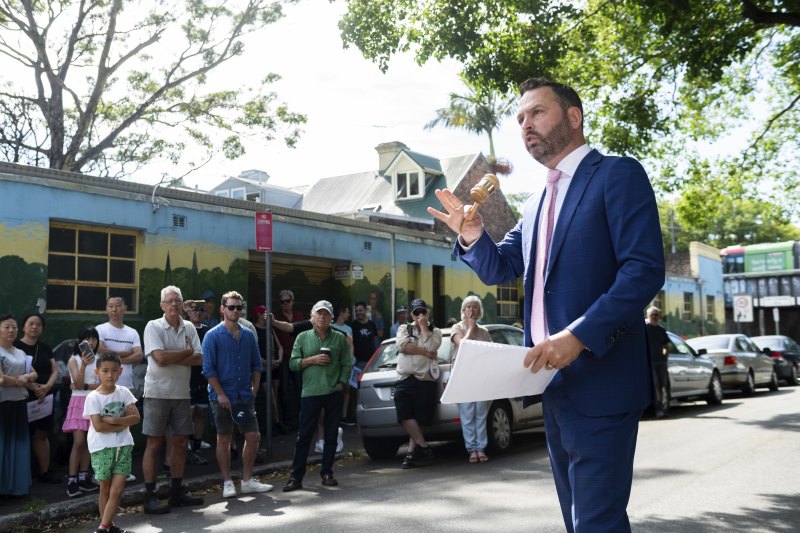
Sydney’s home values soared 10.2 per cent over the year to November, CoreLogic data shows, and even larger gains were recorded in Brisbane and Perth, where median values lifted 10.7 per cent and 13.5 per cent to record highs. Adelaide values also reached a high, after lifting 7.6 per cent, while Melbourne’s values rose a more modest 3 per cent.
The increase in values came despite five further rate rises in 2023, taking the total to 13 hikes since May 2022, which cut the amount of money buyers could borrow and added thousands to mortgage repayments.
Westpac senior economist Matthew Hassan said the turnaround in prices had not just defied expectations, but almost economists’ understanding of the market.
“You’d be hard-pressed to find another example of continued momentum in house prices in the face of interest rates rising at the rate they did,” he said. “It really caught people by surprise.”
Values typically fall as the cash rate climbs, as buyers can borrow and spend less, but the strong return of international migration and a highly competitive rental market boosted buyer demand and kept the market turning, Hassan said.
As did demand from buyers who were less affected by rate rises, such as those with help from the bank of mum and dad, those sizeable sums of existing equity, or big saving buffers built up during COVID-19 lockdowns.
Such buyers were also competing for fewer homes for sale as vendors held back early in the year amid concern about softer market conditions, which led to increased competition on available homes, and helped fuel price growth.
In Sydney, Ray White Touma Group director Roger Wardy said agents were surprised by the rebound.
“I don’t think anyone thought it would pan out the way it did,” Wardy said. “There was all of the doom and gloom of interest rates going up, but the prices have actually increased.”
While rate hikes did impact the market, not all price segments were equally affected.
“Anyone buying above $3 million didn’t really get affected because they earned enough to cover the extra repayments.”
Higher building costs also swayed buyer behaviour, pushing up demand and prices for new or renovated homes, Wardy said, as buyers avoided properties that needed increasingly costly work done.
Wardy worked with sellers Ben and Skye Rollo, whose renovated property in Sydney’s eastern suburbs, sold a few weeks before Christmas.
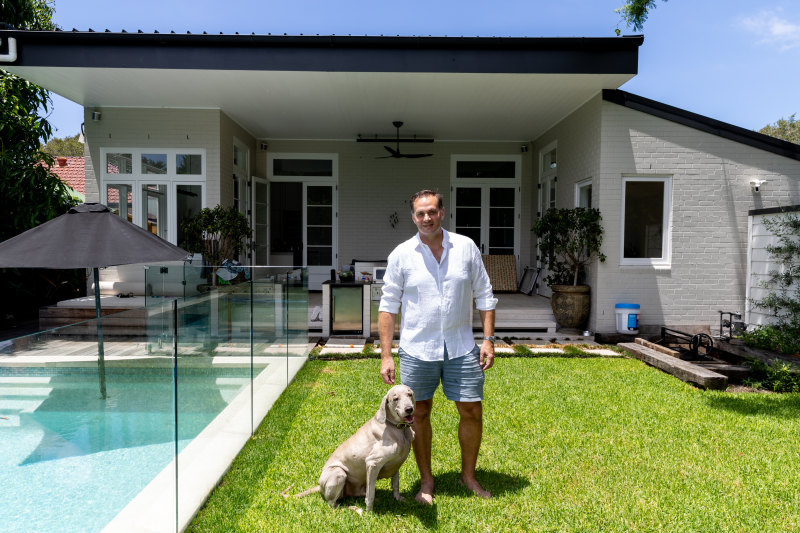
The Rollos, both in their 40s, with three children, had been watching the market, and realised there was a good opportunity to sell their Kensington home.
“We looked at the market and renovated properties were doing really well,” Ben said. “There also wasn’t a lot of good quality stock in Kensington,” Skye added.
Ben, who works in commercial real estate, and Skye, who is an interior designer, have bought another property around the corner, and are now planning their next project. They will move into their new fixer upper on January 1.
In Melbourne, the market held relatively stable throughout the year, even as rates rose, and the number of properties for sale remained low for much of the year.
Barry Plant Melton partner Ned Nikolic said; “Last year and this year, they were predicting the same thing, that the sky would fall, but it hasn’t happened yet.”
In the outer west, buyers were looking to established, renovated properties, rather than building a new home, given the collapse of major builders, and the added costs of building materials, Nikolic said.
Investors were also selling, as in many parts of Melbourne, Nikolic said, due to rising land taxes. But this was opening up opportunities for owner-occupiers, including first home buyers.
Shannan Fry, 28, and her partner Robert Goudge, 31, bought their first home in Harkness from Nikolic, a week before Christmas, acting quickly while they had pre-approval.
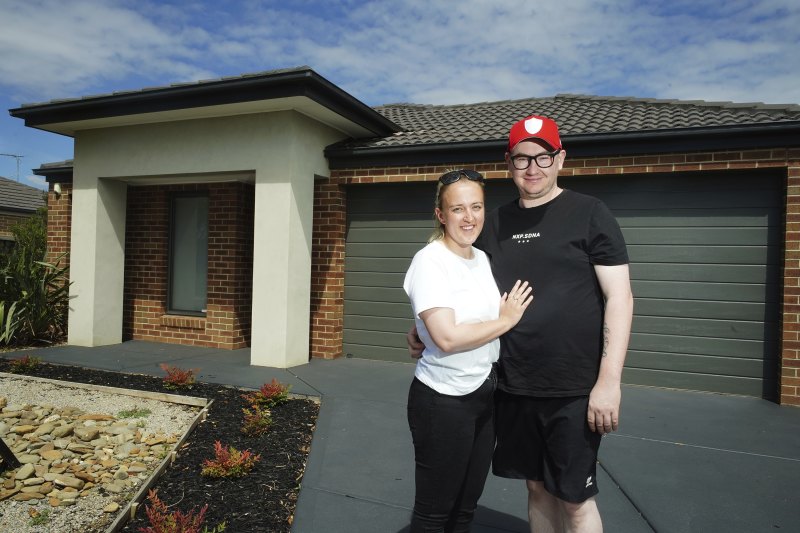
It had been tougher than expected for the couple to secure financing, and Fry sold off one of her two cars to get the loan, as their borrowing power fell.
“We did tighten what we were going to spend a lot because we weren’t able to borrow as much as we were hoping for,” Fry said.
“We had pre-approval, so we made an offer and a couple of days later there was a bidding war with another person, but we ended up putting the highest offer in.”
The couple will move into their new home in February.
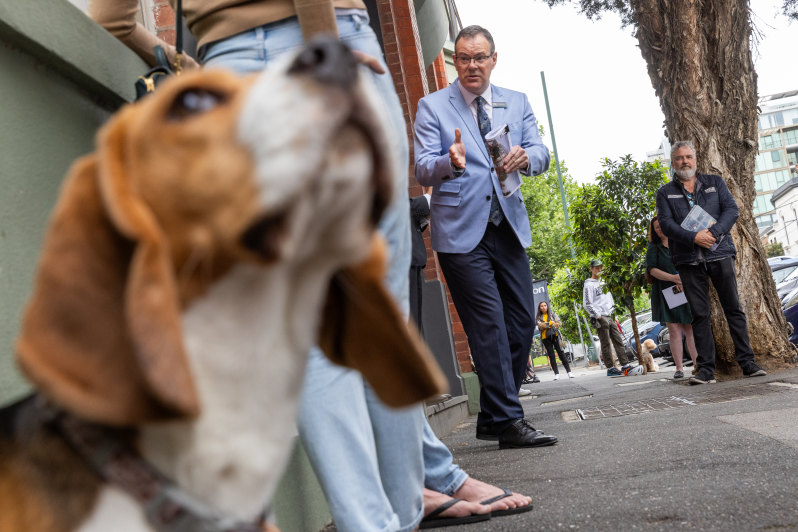
Though economists were predicting a dire 2023, there are mixed forecasts for 2024.
The big four banks believe house prices will rise by a more modest 5 to 6 per cent nationally, following a slowdown in gains towards the tailend of the year as the supply of homes for sale increased.
But other financial institutions, including AMP, believe prices could fall by 5 per cent, especially if the cash rate lifts further early next year.
We recommend
We thought you might like
States
Capital Cities
Capital Cities - Rentals
Popular Areas
Allhomes
More
- © 2025, CoStar Group Inc.
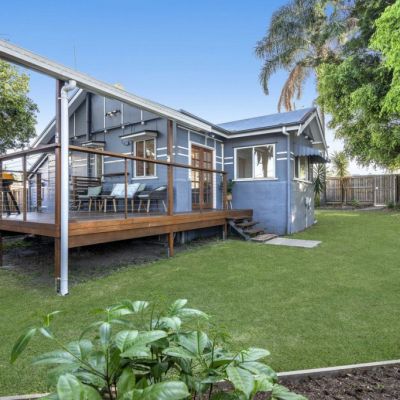
/http%3A%2F%2Fprod.static9.net.au%2Ffs%2F990ecfa3-d408-45ba-80d4-39c31b6b7d2f)


